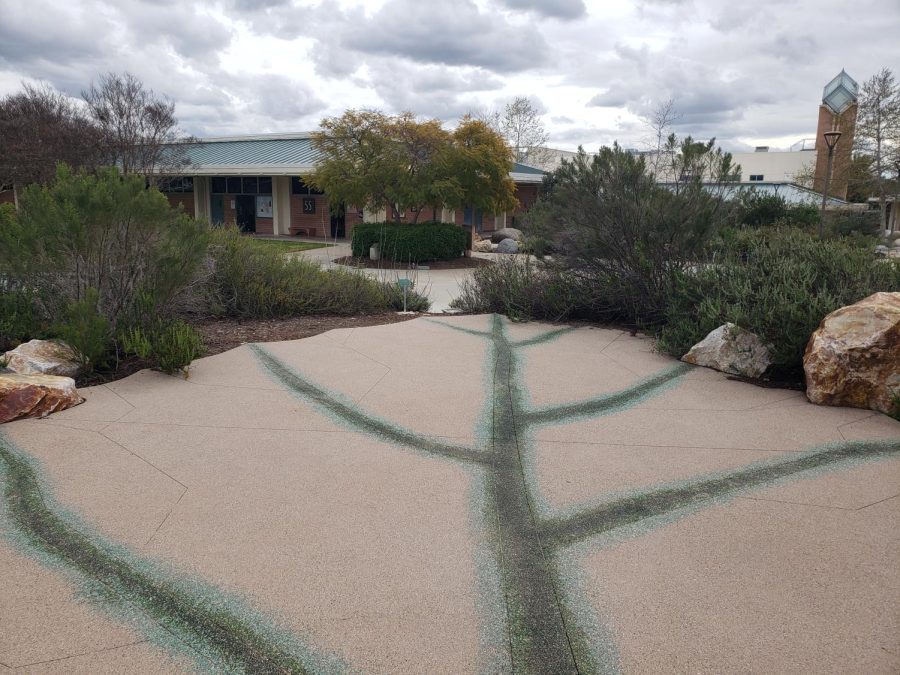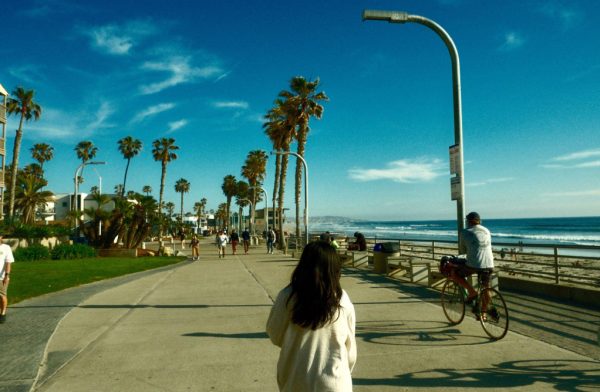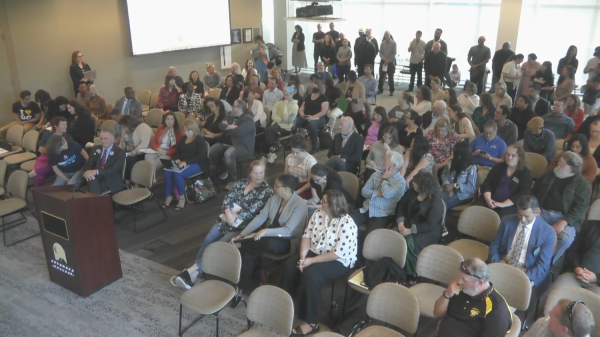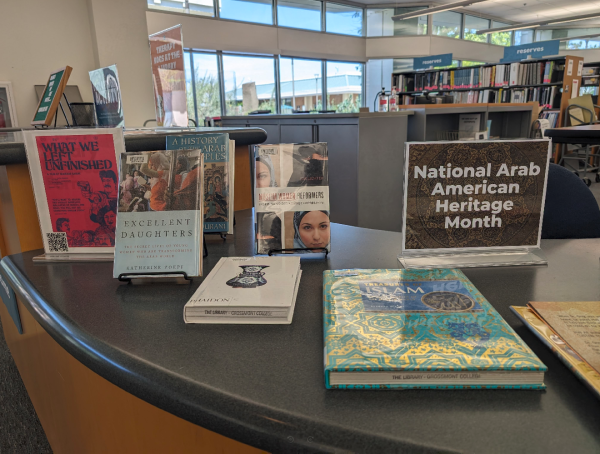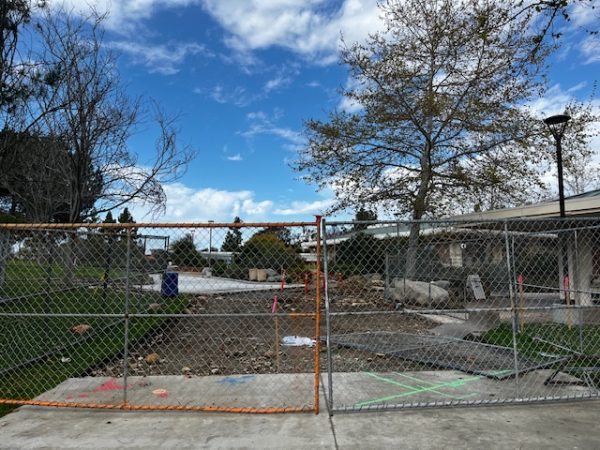Nature Trail Touchup
The Conservation Club is working to update the nature trail on campus.
May 31, 2023
The Conservation Club at Grossmont College is working on revamping the nature trail’s gardens on campus by removing trash, updating signs, adding more information and adding new plants for students to view and study.
The club has been planning this project since last semester as part of the goal to help improve the environment. “We’re a group of students that are trying to foster change in the community to look ahead to the future to create a better environment for the planet,” Club President Eugenia Marchenko said.
Around six years before the Conservation Club began work on refurbishing the nature trail, it was installed to replace lawns on campus as a water conservation measure. They were also meant for science classes to use as an outdoor classroom space.
“There are specific plants that are planted in each of the gardens to represent different microbiomes, different plant communities that we find in the region,” Club Adviser Bonnie Ripley said.
Classes can use geological specimens present in the gardens, such as rocks with labels next to them, that are present in the garden.
The Conservation Club decided to start the renovation project after doing a nature walk on campus when they noticed there wasn’t much information available for other students to realize they’re specially-made gardens.
“We think that people who are walking around campus will be interested to know more about the natural history and so the idea of the nature trail is basically tidying up and replanting plants that are missing from the native plant gardens and then creating interpretive signs that will be permanently installed,” Ripley said.The plan is to include QR codes on the signs that will go to a website with more information on the gardens.
To fund the project, the club applied for and received a grant of almost $10,000. They plan to use the money on signs, paid consultation with a Kumeyaay Tribal representative, and more.
“We’re also including the Kumeyaay labels and uses for many of the plants in the gardens because the campus is located on tribal land and we would like to include the native people’s languages and uses of the plants in a show of respect,” Student Cole LaVera said.
Work has already begun on refurbishing the gardens through plant trimming as well as making drafts for both what will be done to them and what new native plants will need purchasing.
“I’m excited to be able to say that I positively impacted the campus, and school and everybody that’s here and be able to say I did that. We did that,” LaVera said when asked what he was looking forward to.
Students interested in joining the Conservation Club to learn more about plants and helping to do work on the nature trail project can attend their meetings every Friday at 11:30 a.m. in Building 30, Room 112.
“Even though we think of this as being an urban built environment, to the plants and animals that we see around campus, it’s perfectly legitimate habitat,” Ripley said. “It’s relaxing to be focusing on the natural elements of the natural world even if they’re petite.”
